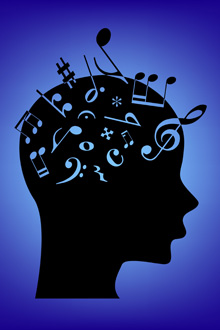Looking for a creative way to honor and celebrate the 200th anniversary of "The Star-Spangled Banner" with your students this month? If so, look no further! Nicole LeGrand has created a fun and interactive game to help your students connect with and learn more about our national anthem!
Here are the instructions for the game:
Print each of the category posters and five sets of the
point cards (laminate these for durability).
Affix sticky tack or magnets to the
back of each of the posters and cards. Arrange them in a traditional style
Jeopardy game board.
Divide the students into small groups or teams, giving each
group a small dry erase board and marker.


